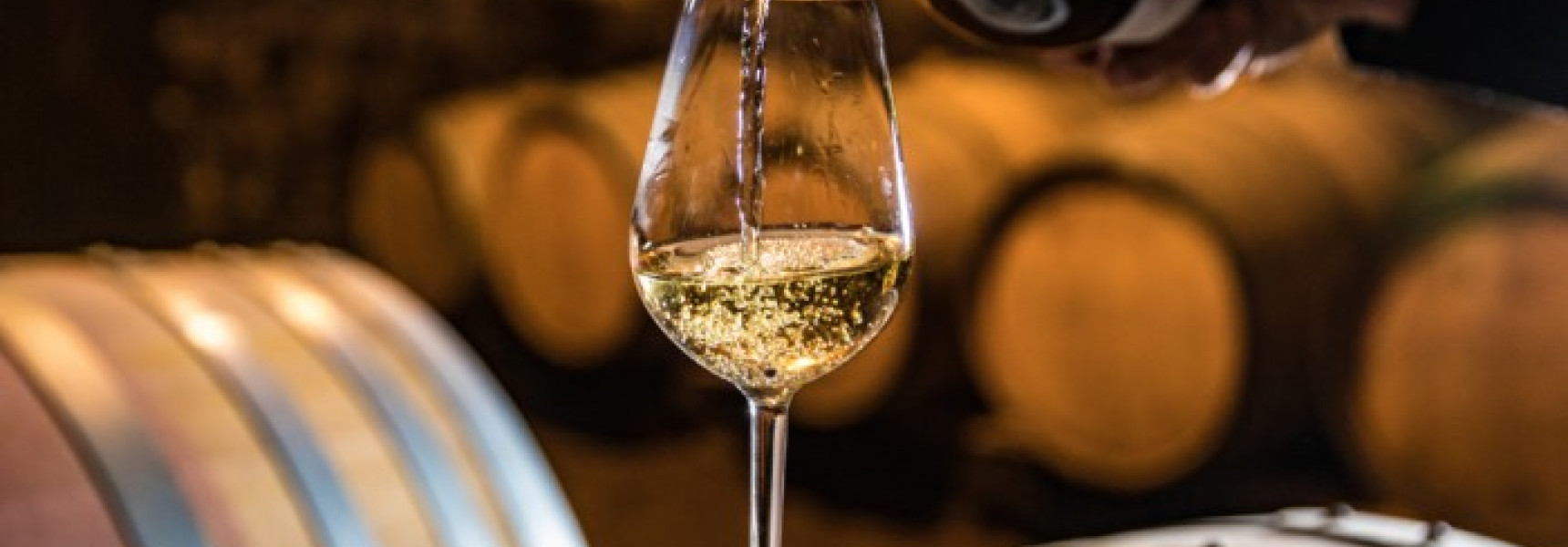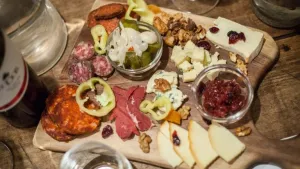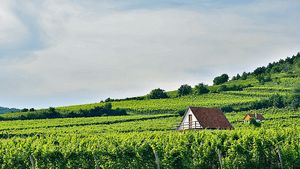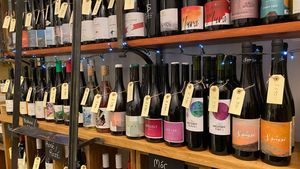Wine Tours
Budapest
Published: 06 Dec 2023
Hungary might not be the first country that springs to mind when you think about famous wine-producing regions. However, a few hundred years ago it was renowned for its fine wines. The long history of winemaking in the region dates back to the Romans, and it is on the record as an important export after the Turkish victory over King Louis II in 1526. From then on, wine production became a key industry for the local population under the Ottoman Empire rule in central Hungary. Hungarian wines flowed freely in the royal courts of Europe and brought work and prosperity to winemakers in Hungary.
The modernisation of wine production techniques and the influence of the Austro-Hungarian Empire in the 1800s put Hungary at the forefront of European winemakers. The long and colourful history of winemaking in Hungary make for fascinating wine tours, even if the modern winemaking practices have changed a lot since those early roots.

A modern history of winemaking in Hungary
Unfortunately from the 1900s onwards, wine production in Hungary dropped. The impact of wars and four decades of a communist rule meant that the industry suffered. High-quality vineyards were often abandoned with new, nationalised vineyards favouring quantity over quality. Although wine production did continue in Hungary, it was soon overshadowed by wine production from France, Italy and other neighbouring countries. Luckily, recent years have seen a surge in new vineyards and boutique winemakers that has led to a newly flourishing wine scene in Budapest and around Hungary.
Which wines is Hungary famous for?
There are 22 different winemaking regions across Hungary. They are mostly in the cooler northern regions, but red grapes flourish in the warmer southern climates. A wide range of vineyards, large and small are now producing an impressive range of wines.
It's not just classic reds and crisp whites either. Orange wines are a popular sight in many Hungarian restaurants, produced locally using light-touch production techniques. Natural wines made using traditional techniques have also seen a resurgence in popularity, so it is easy to find excellent quality organic wines around the different regions.
Does Hungary make good wine?
It might surprise you to know that there are areas of Hungary at the same latitude as many of the famous French wine-producing regions. This helps provide the temperature and weather conditions needed for many kinds of vines to thrive.
Hungarian winemakers grow a range of traditional grapes and newer cultivars. Imported grape varieties have never really brought Hungary back to its prime as a globally renowned wine exporter, but there is a thriving local market. Per capita, wine consumption is some of the highest in Europe!
The best wine tours in Hungary
Whether you are visiting for a long weekend, a summer holiday or staying for longer - there are a number of great wine tours you can fit into your itinerary.
Of the 22 distinct wine-growing regions of Hungary, there are a few which are most prominent and produce the bulk of the country's wine. The way that the regions are divided differs from the usual system across many of the wine producers in the old and new world. In Hungary, particular grape varieties can be found across many regions. Wines are not named exclusively based on their region, unlike Bordeaux, cotes de Rhone and so on.
This means you can enjoy visits to several different regions and sample wines made from a variety of grapes. There are many different winemaking regions in Hungary worth visiting.

Choosing a wine tour near Budapest
If you are seeking the best wine experiences in Hungary, it is well worth taking a trip to the best-known winemaking regions, taking in the large commercial vineyards, but also enjoying the smaller, more specialist winemakers who are plentiful in the regions.
The most famous wine-producing region in Hungary is Tokaj. Situated in the northeast of Hungary, there are 27 villages in the region that produced the sweet wines that made Hungary famous in the 1800s. As sweet wine has fallen out of fashion, the area now produces a number of drier wines as well. The area benefits from rich soil and increased humidity provided by the plentiful rivers.
The most scenic vineyards in Hungary
If you want more than just wine, the scenic regions of the Balaton Uplands and neighbouring Somló have a lot to offer. You can enjoy a tour of the local vineyards whilst taking in the stunning surroundings of Lake Balaton, and the nearby medieval villages. Small, often family-run, vineyards around the region produce beautiful dry white wines. Nearby in Eger, the nutrient-rich volcanic soil has given rise to a wide range of white wines and unusually for the northern regions of Hungary, it produces a powerful red wine, known as the bull's blood blend.
Aside from that produced in Eger and the surrounding area, the generally received wisdom is that for the best quality Hungarian red wines, you will need to head south. Unlike the cool, dry northern regions - which are perfect for white grapes to grow, the warmer climate in the southernmost regions of Hungary perfectly suits red grapes. The Szekszárd region is well known for its wines produced with the kadarka grape. This unusual variety produces a delicately spiced, rich red wine.
Wine tours in Hungary with tabl.
tabl.com can help you find the perfect wine tour in Hungary, whether you're an expert sommelier or a wine novice. Take in this amazing country along the way with one of the specially tailored wine tours on offer.

Hungary’s Emerging Wine Industry
Hungary’s emerging wine industry is starting to get noticed. Read about Hungary’s Emerging Wine Industry in this article
Keep exploring...
Find more amazing tabl. experiences to visit



















